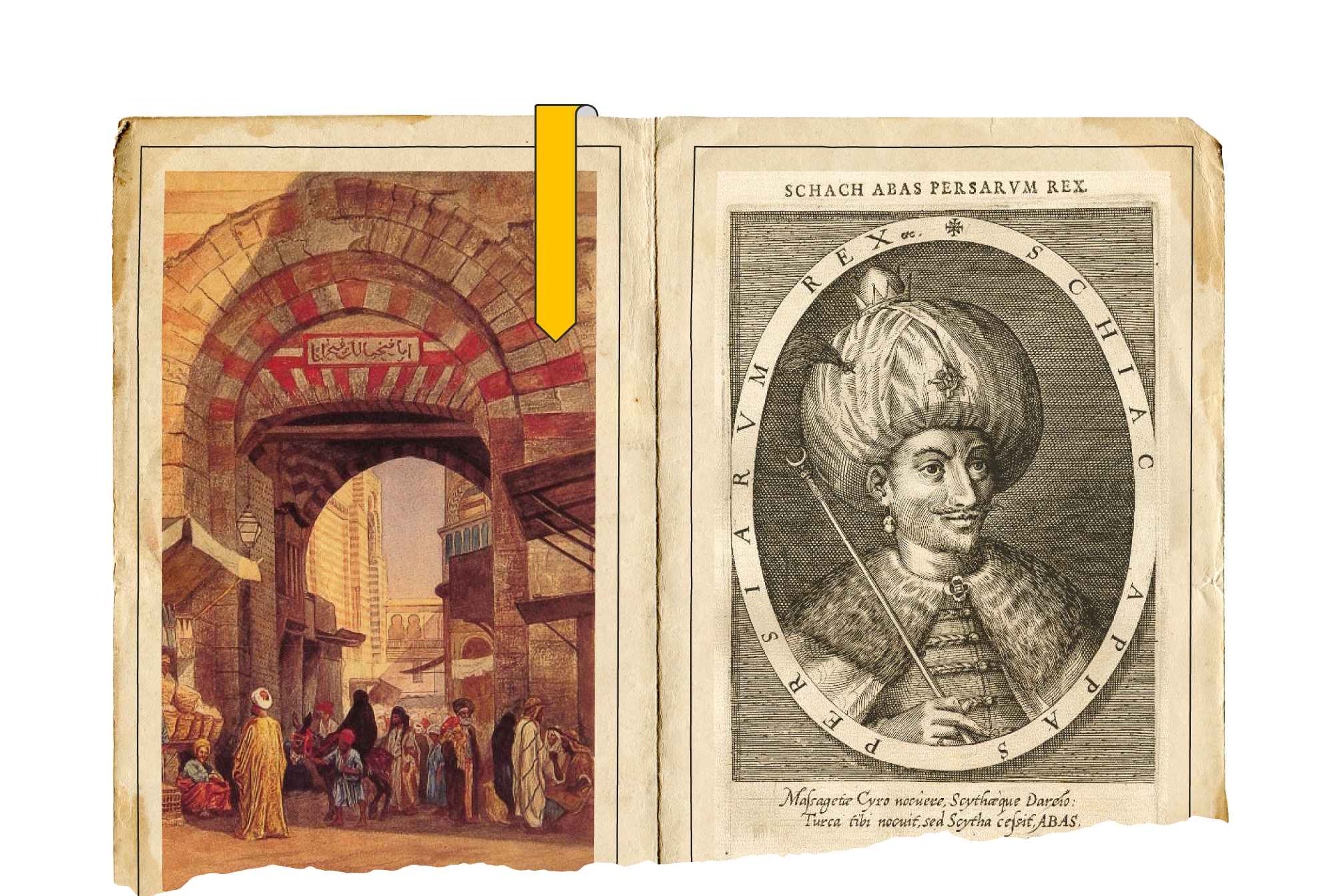
After they Allied with the Spaniards
Safavids Translated Extremism Against the Muslim Arabs
At the beginning of the sixteenth century, Shah Ismail Al-Safavi took a strange and exciting step that changed the course of Iranian history. He imposed a change in the official doctrine and persecuted the followers of the Sunni sect, which, until that time, was the most prevalent sect in all parts of Iran. Actually, the religious sectarian factor was not the motive behind this dangerous transformation, as some consider that the Safavids are the farthest from the Twelver doctrine.
The famous French historian Gramon confirms this, describing the Safaviyya, saying that: It is “the strange hybrid doctrine advocated by the Safavi, in which one finds pre-Islamic local beliefs, mixed with other beliefs from the ancient shamanism characteristic of the inhabitants of the wilderness, all covered by a light coating of a Shi’ite Islam. Yet it is very alien to Twelvers”.
Thus, it becomes clear to us that the Safavid project is farthest from Islam, and even from the Shiite sect itself and that, in reality, it is nothing but a political project, an expression of the extremist Persian tendency coming from the pagan era.
Hence, it was not surprising that Shah Ismail Al-Safavi allied with the enemies of Islam, especially the new European Crusader powers, led by Spain. He also offered an alliance with Hungary and sent two letters to Spain and Hungary requesting a treaty of friendship and cooperation between them against the Arab world.
This sinful alliance reaches its climax in the era of Shah Abbas the Great, who is considered one of the great new kings in Iranian history; prompted by political pragmatism to ally himself with Spain, the first Crusader power in the modern era and the greatest enemy of Islam and Muslims, It is necessary here to point out the role of the Spanish Crusaders in expelling Muslims from Andalusia, in addition to their desperate attempts to force the remaining Muslims in Andalusia to convert from Islam and embrace Catholic Christianity. Also, we cannot forget the atrocities committed by Spain through what was known as the Inquisition, especially against Muslims.
Not only was Spain persecuting the Muslims of Andalusia, but it determined to invade Maghreb states, colonize its lands and terrorize its Muslims. Thus, Spanish invasions began to occupy the Islamic frontiers, trying to erase Islam from these parts. It is sufficient here to refer to what the Spaniards committed: for example, in terms of crimes against humanity when they occupied the city of Tunisia. About this, Shawky Al-Jamal says: “Tunisia was afflicted by the Spaniards with many types of destruction, as many religious monuments were destroyed therein, to the extent that they took Zaytouna Mosque as a stable for their horses and destroyed the precious books, carrying some of them to Rome and giving them as presents to the Vatican.
Despite this disgraceful history of Catholic Spain, stained with the blood of Muslims, Shah Abbas Safavid did not object to communicate, even ally, with Spain within the framework of his pragmatic political project to control the Islamic world.
Thus, Safavid Iran and Crusader Spain began exchanging political missions, messengers, and messages of political deals since Abbas came to power and the pace of that matter increased with the union of Portugal with Spain and Spain inherited Portuguese influence in the Arabian Gulf.
To emphasize the religiousness of the Safavid project and its political pragmatism, we mention here this important and indicative incident. A Spanish mission came to the Safavid court in (1602) and requested the construction of a Catholic church in Iran for “Christianization”. However, Shah Abbas pretended to refuse, explaining his refusal by his fear of the objection and anger of the Shiite clergy. However, with great malice and political Machiavellianism, he presented this proposal to the Spaniards : “If you happen to help Iran in its wars against the Ottoman Empire, it would then be possible to build several churches, not one church, in Iran, without fear of the Shiite clergy”.
In one of the Iranian missions to the Spanish court, Iranian delegation submitted a request to Spain to send Spanish and Portuguese ships to attack the ports of the Red Sea and work to close Islamic navigation in this sea.
Shah Abbas Safavi also made an offer to the Spaniards through the Venetians that included Iran and Spain sharing the western and eastern worlds. According to that offer Iran takes over the Asian part, while Spain is in Europe.
Safavid state planned to close the Red Sea and besiege the Islamic world to control it and its wealth.

In fact, this alliance between Safavid Iran and Crusader Spain revealed the true face of the political pragmatism of the Safavid project and the decline of Safavid Iran’s status as an Islamic power. Thus, the features of anti-Islam and anti-Muslim Safavid political project becomes evident, which does not hesitate to ally with the European West to serve its extremist Persian interests against Arabs and Muslims.


- Badih Jumaa, Ahmed Al-Khouli, History and Civilization of the Safavids (Cairo: N.P and N.D).
- Shawqi El-Jamal, Great Arab Maghreb from the Islamic Conquest to the Present Time (Cairo: Anglo Bookshop, 1977).
- Abdel Aziz Nawar, History of Islamic Peoples in the Modern Era (Cairo: Dar Al-Fikr Al-Arabi, 1998).
- Omar Abdel Aziz, Lectures on the History of Islamic Peoples (Cairo: Dar Al-Maarifa, N.D).

